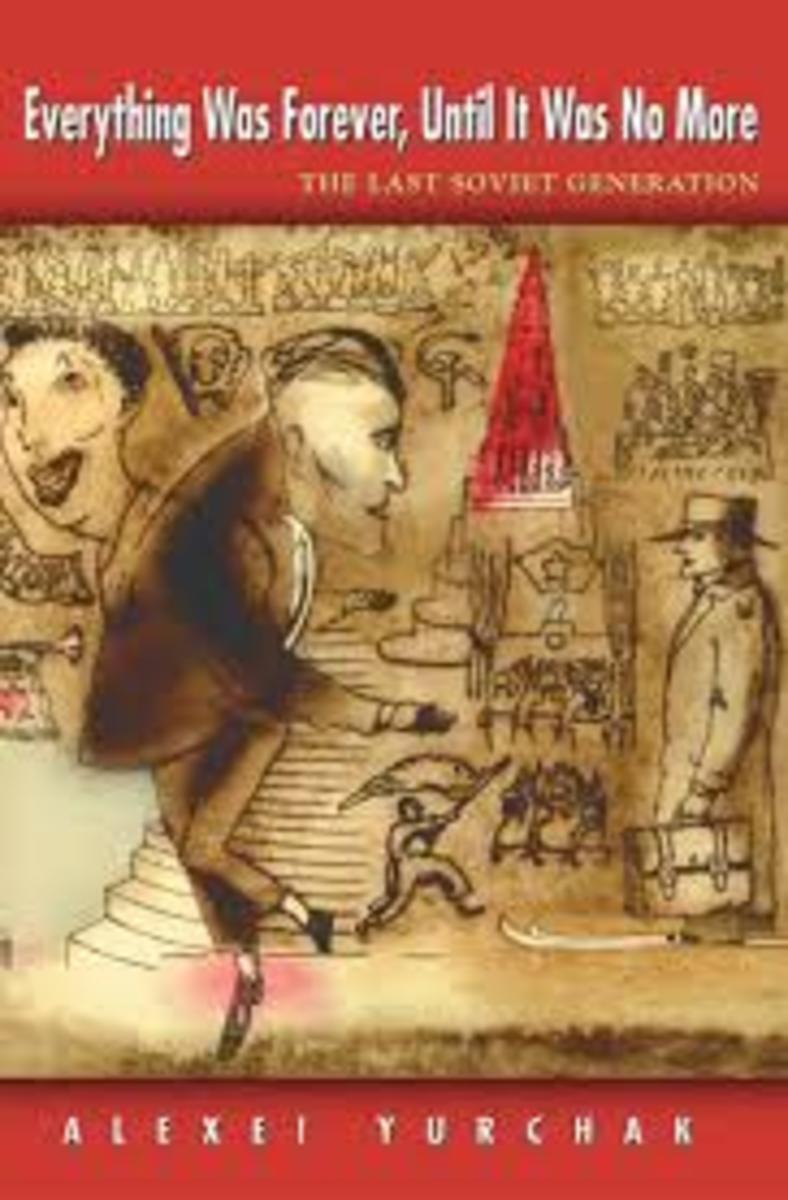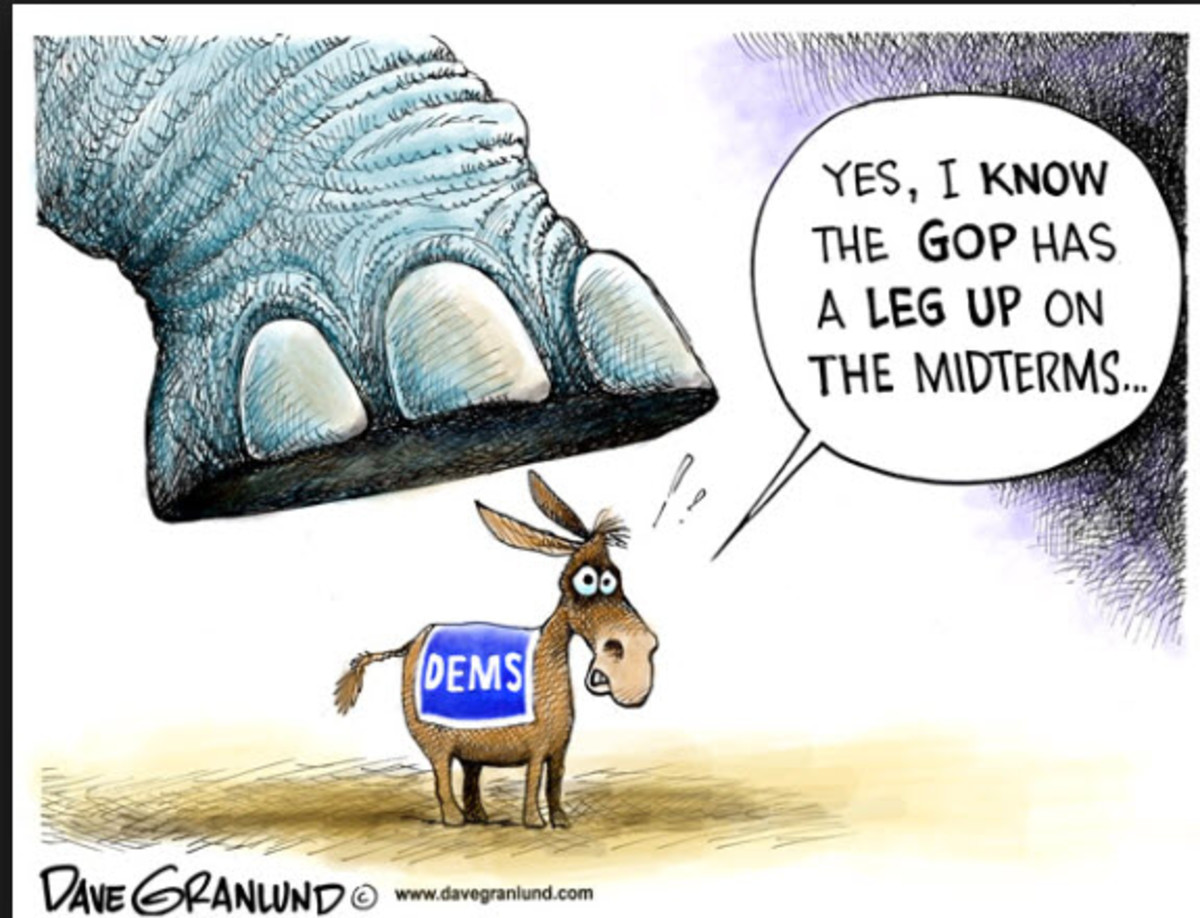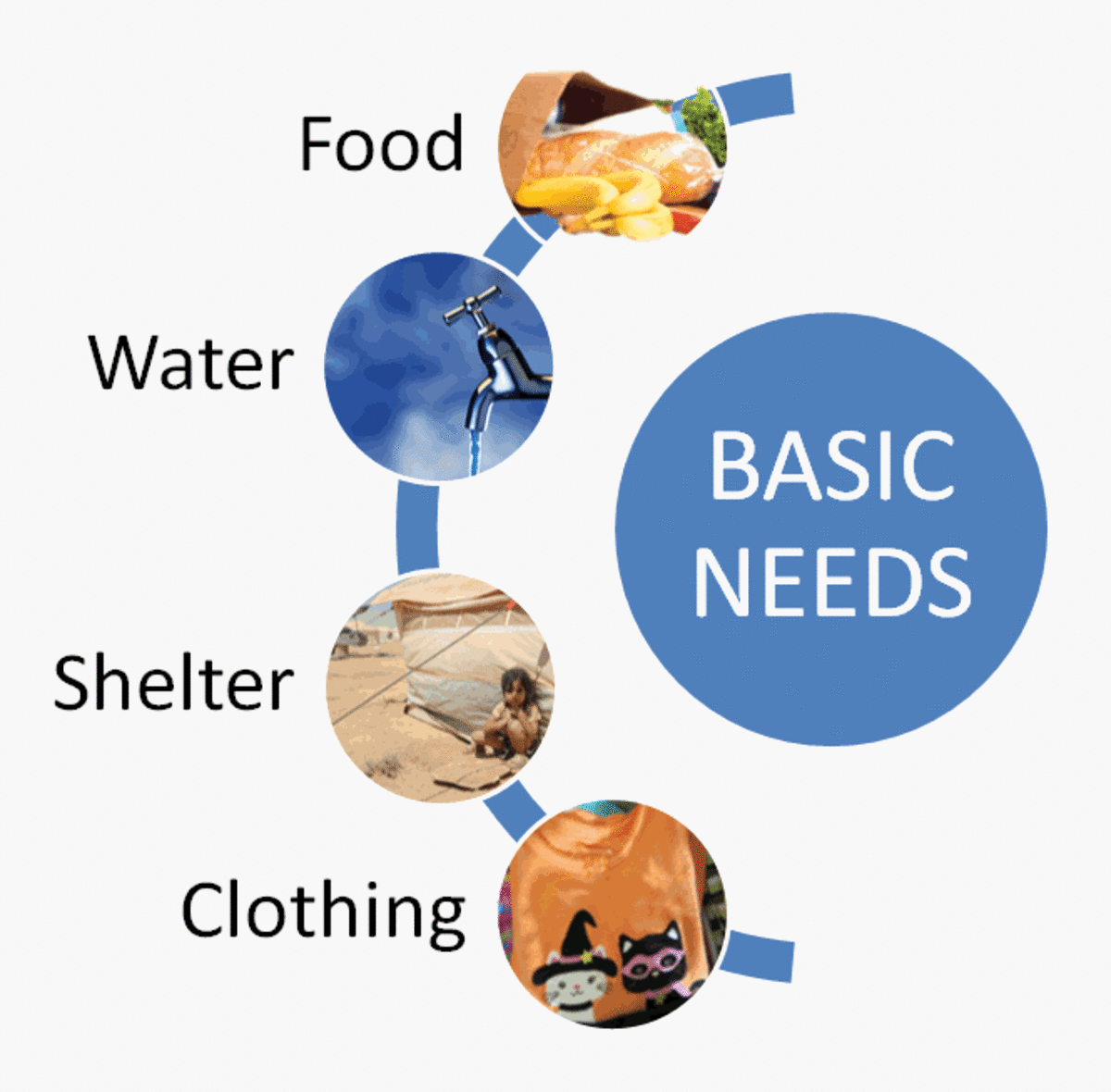The Fairness Doctrine and the Fracturing of Truth: A Reflection on Media Ethics

When Fairness Fades: The Doctrine That Once Anchored American Dialogue
In the wake of World War II, as radio waves stitched together a nation still reeling from global conflict, a quiet but revolutionary principle took root. In 1949, the Fairness Doctrine was introduced—not as a partisan tool, but as a moral compass for the media. It was built on the belief that public airwaves were not private property, but a shared trust. Broadcasters, granted access to this powerful platform, were expected to honor that trust by presenting contrasting viewpoints on controversial issues. The goal wasn’t perfection—it was participation. A democracy where citizens could hear multiple sides, wrestle with complexity, and form opinions rooted in dialogue rather than dogma.
For nearly four decades, this doctrine served as a subtle guardian of civil discourse. It didn’t silence bias, but it demanded balance. It didn’t eliminate conflict, but it insisted on context. In an age before algorithms curated our realities, the Fairness Doctrine reminded us that truth is rarely singular—and that democracy thrives not in agreement, but in the tension between competing ideas.
Then came 1987.
The Federal Communications Commission, under President Reagan’s administration, repealed the doctrine. The rationale? That the explosion of cable channels and talk radio had rendered it obsolete. More voices, they argued, meant more fairness. But plurality without responsibility is chaos. Diversity without integrity is noise. And in the vacuum left behind, a new era emerged—one where outrage became currency, and echo chambers replaced town squares.
Suddenly, media wasn’t a mirror—it was a megaphone. Broadcasters no longer had to offer opposing views. They could cater to ideological tribes, amplify grievance, and monetize division. The repeal didn’t just change programming—it rewired the moral architecture of public debate.
The Fallout: Polarization, Mistrust, and the Rise of Ideological Media
Fragmented Realities
Once the Fairness Doctrine was repealed, the media landscape began to splinter—not into a mosaic of diverse perspectives, but into silos of ideological comfort. Without the mandate to present opposing views, broadcasters pivoted toward tribal affirmation. News became less about informing and more about reinforcing. Viewers weren’t challenged—they were coddled. The airwaves, once a shared commons, became battlegrounds of selective truth, where facts were filtered through partisan lenses and nuance was sacrificed for narrative.
Erosion of Civil Dialogue
With no obligation to balance perspectives, the scaffolding of shared reality began to collapse. Public discourse fractured into micro-environments—each with its own vocabulary, heroes, villains, and moral compass. The national conversation became a cacophony of competing truths, where debate was replaced by dismissal and listening became a lost art. We stopped speaking across difference and started shouting within echo chambers. The result? A culture allergic to complexity and addicted to certainty.
Decline in Media Trust
As sensationalism surged and editorial accountability waned, public trust in journalism began to erode. The repeal of the Fairness Doctrine didn’t just loosen the reins—it invited a stampede. Social media poured gasoline on the fire, blurring the line between credible reporting and viral misinformation. Clickbait headlines, algorithmic outrage, and conspiracy-laced commentary became the new norm. In this climate, even truth itself became suspect—refracted through the prism of political identity and emotional manipulation.
Democracy at Risk
A functioning democracy depends not just on freedom of speech, but on the integrity of speech. It requires citizens who are informed, not inflamed. The repeal of the Fairness Doctrine didn’t merely deregulate broadcasting—it dismantled a moral framework that once held public dialogue accountable to the common good. In its absence, we’ve witnessed the rise of performative punditry, the decline of civic empathy, and the corrosion of collective memory. The architecture of public debate has been hollowed out, leaving behind a shell of spectacle and division.
From Journalism to Theater
When the ethical scaffolding of broadcast journalism was dismantled, the media didn’t simply evolve—it mutated. In the absence of the Fairness Doctrine and its quiet insistence on balance, cable networks and talk radio found a darker muse: outrage. It was louder than nuance, cheaper than investigation, and far more addictive than truth. Ratings soared not through clarity, but through conflict. Journalism became theater, and we—the public—were cast as spectators in a gladiatorial arena of opinion, where bloodsport replaced dialogue and spectacle eclipsed substance.
This shift wasn’t merely stylistic. It was spiritual.
We stopped approaching news as a search for understanding and began consuming it as a ritual of affirmation. We tuned in not to be informed, but to be validated. Anchors became avatars of our anger. Commentators became priests of our ideology. And the newsroom, once a place of inquiry, became a pulpit for tribal gospel.
The consequences were profound. We didn’t just lose shared facts—we lost shared reality.
-
Truth became tribal: Facts were no longer universal but contingent on which channel you watched, or which host you followed.
-
Empathy eroded: When every disagreement is framed as a threat, compassion becomes weakness and curiosity becomes betrayal.
-
Civic unity unraveled: Without a common informational foundation, even basic dialogue became impossible. We weren’t just divided by ideology—we were living in parallel worlds.
This wasn’t just a media failure. It was a cultural rupture. A spiritual disorientation. A nation once bound by its messy, pluralistic debates now finds itself splintered into curated realities, each echoing its own gospel and demonizing the rest.
Mourning in Real Time
I’ve watched public tragedies unfold not as moments of collective reckoning, but as episodes in a never-ending broadcast. Lives reduced to hashtags. Names turned into trending topics. Grief commodified, packaged, and sold to the highest bidder—whether for ratings, clicks, or political leverage. The sacred weight of mourning is now filtered through algorithms that prioritize engagement over empathy.
Injustice, once a call to conscience, is now spun into partisan fodder. Opinion pieces masquerade as journalism, each one sculpted to fit a tribe’s worldview. The facts are bent, reframed, or selectively omitted—not to illuminate, but to inflame. What sells isn’t truth—it’s outrage. And what divides isn’t just ideology—it’s narrative.
We’re no longer a nation grappling with shared sorrow. We’re a fragmented audience, each tuned to a different channel, each fed a different version of reality while accusing one another of being liars because of the fractured information we are fed. The emotional toll is staggering—not just for those directly affected by tragedy, but for a country starved of moral clarity and communal truth.
-
Grief becomes performance: Public mourning is curated for virality, stripped of intimacy and depth.
-
Narratives become weapons: Tragedies are reframed to fit political agendas, turning human suffering into rhetorical ammunition.
-
Isolation deepens: We grieve alone, divided by screens, algorithms, and ideological filters that distort connection.
-
Confusion reigns: With every outlet offering a different “truth,” we’re left unsure who to trust, what to believe, or how to feel.
This isn’t just a media failure—it’s a spiritual crisis. The sacred act of bearing witness has been replaced by reactive consumption. We scroll past suffering, unsure whether to cry, repost, or debate. And in that confusion, something vital is lost: our ability to mourn together, to seek justice with clarity, and to hold space for complexity without turning it into content.
A Call to Reimagine Fairness
The Fairness Doctrine may have been repealed, but its essence—its quiet insistence on balance, dignity, and discernment—still lingers like a ghost in the static. Fairness was never just a bureaucratic policy. It was a cultural covenant. A promise that the public airwaves would serve the public mind—not manipulate it. It was a practice rooted in humility: the courage to hold space for contradiction, to honor dissent, and to resist the seductive ease of ideological certainty.
In its absence, we’ve seen the rise of media that doesn’t just inform—it instructs. Not with facts, but with emotional cues. Not with questions, but with conclusions. Viewers are no longer invited to think for themselves—they’re told how to feel, who to fear, and what to believe. The result is a nation not only divided by opinion, but by the very process of thought.
We must ask harder questions now:
-
What stories are missing—not because they lack drama, but because they lack marketability?
-
Whose voices are silenced—not by censorship, but by editorial neglect and algorithmic invisibility?
-
How do we restore the sacred art of listening—not as a passive act, but as a radical form of civic engagement?
To reclaim fairness is to reclaim the right to complexity. It is to trust the public with nuance, to offer information without emotional manipulation, and to believe that citizens are capable of wrestling with ambiguity. It is to reject the infantilization of the audience and instead cultivate a culture where thinking is honored, not outsourced.
Fairness is not neutrality. It is integrity. It is the refusal to flatten truth into slogans or reduce grief into spectacle. It is the practice of presenting multiple perspectives—not to confuse, but to clarify. Not to dilute, but to deepen.
And in this fractured landscape, where screens divide and narratives distort, fairness may be our last hope for unity—not through agreement, but through shared inquiry.
This content is accurate and true to the best of the author’s knowledge and is not meant to substitute for formal and individualized advice from a qualified professional.
© 2025 Erin K Stewart








